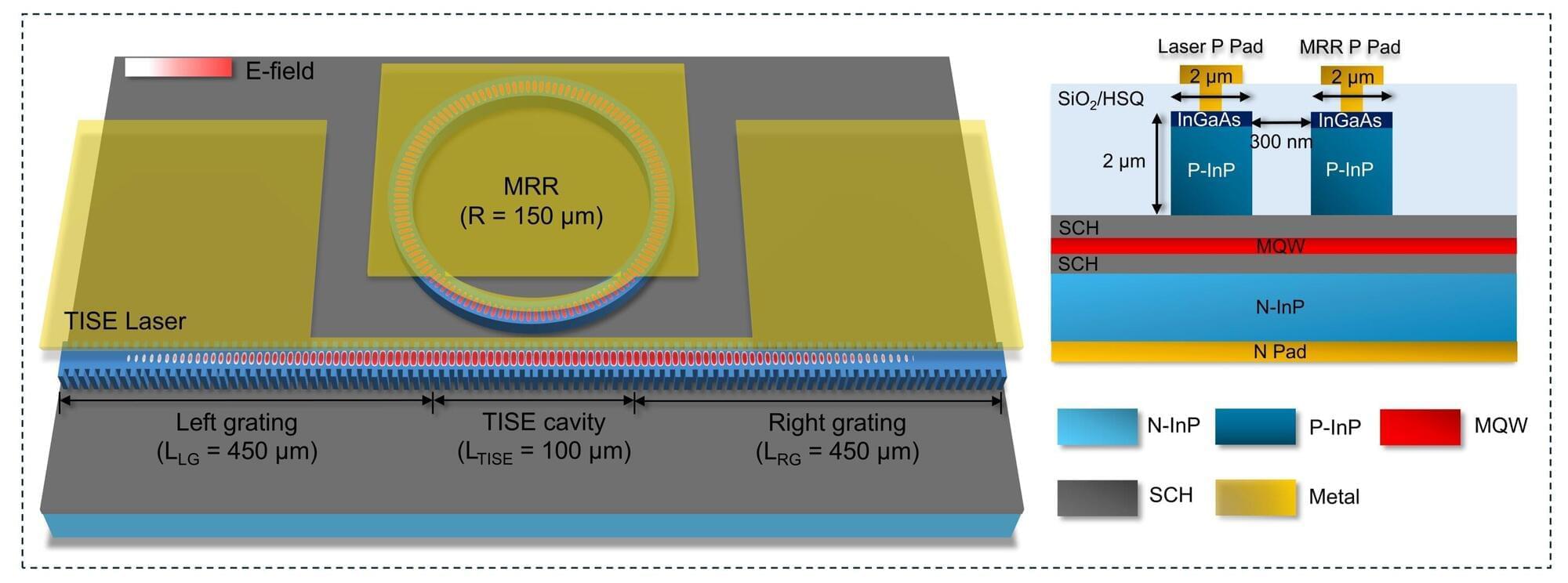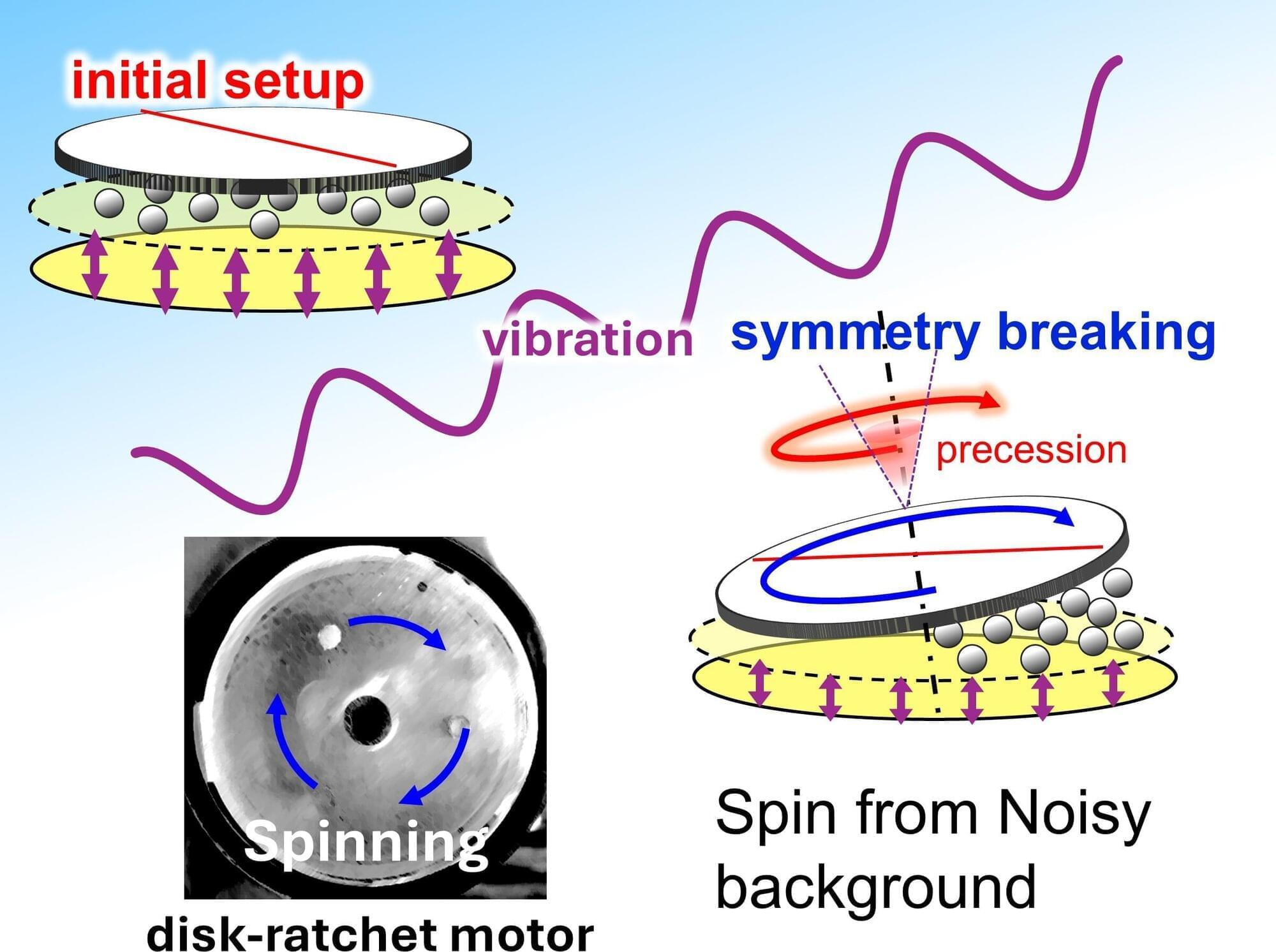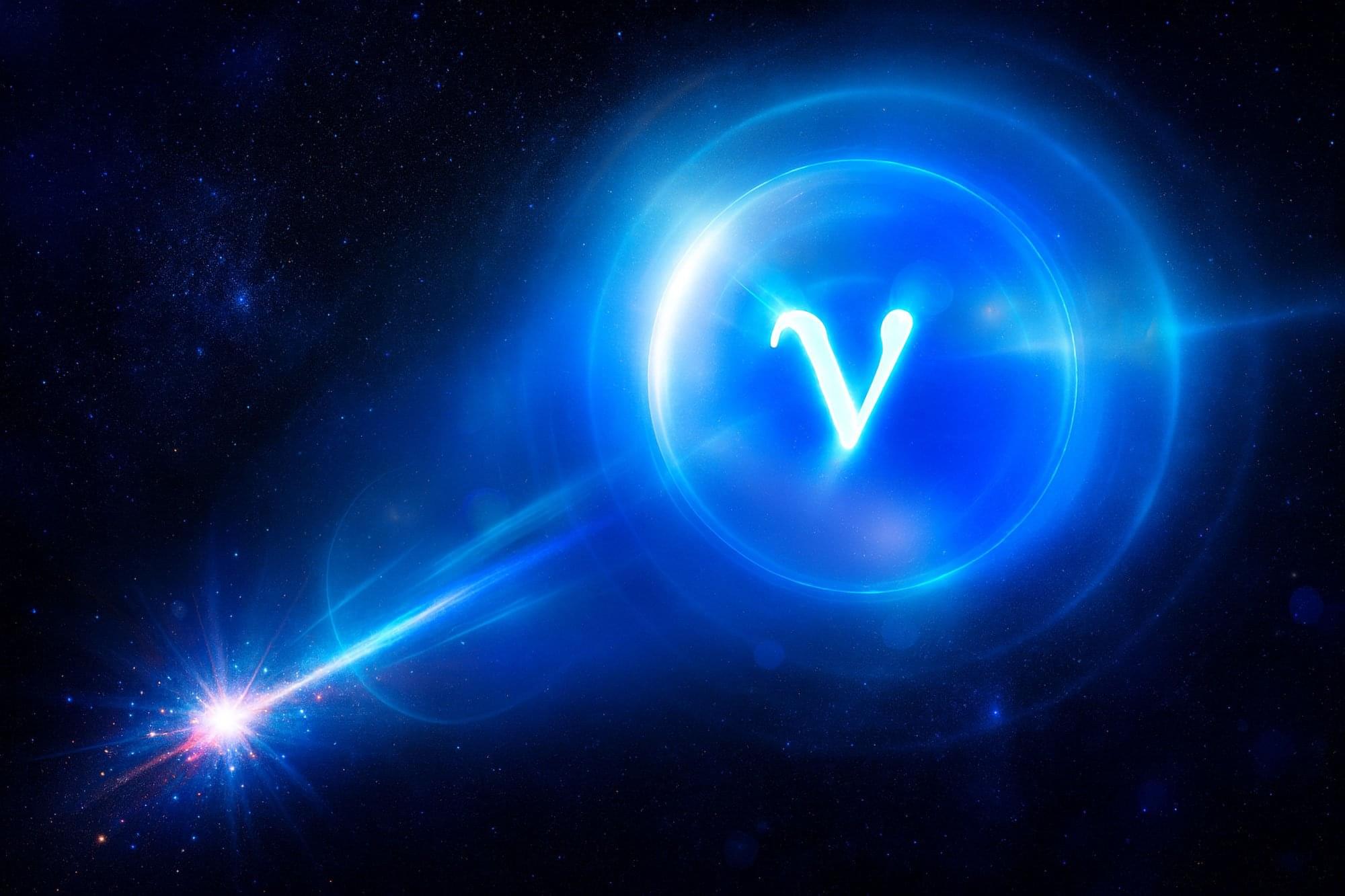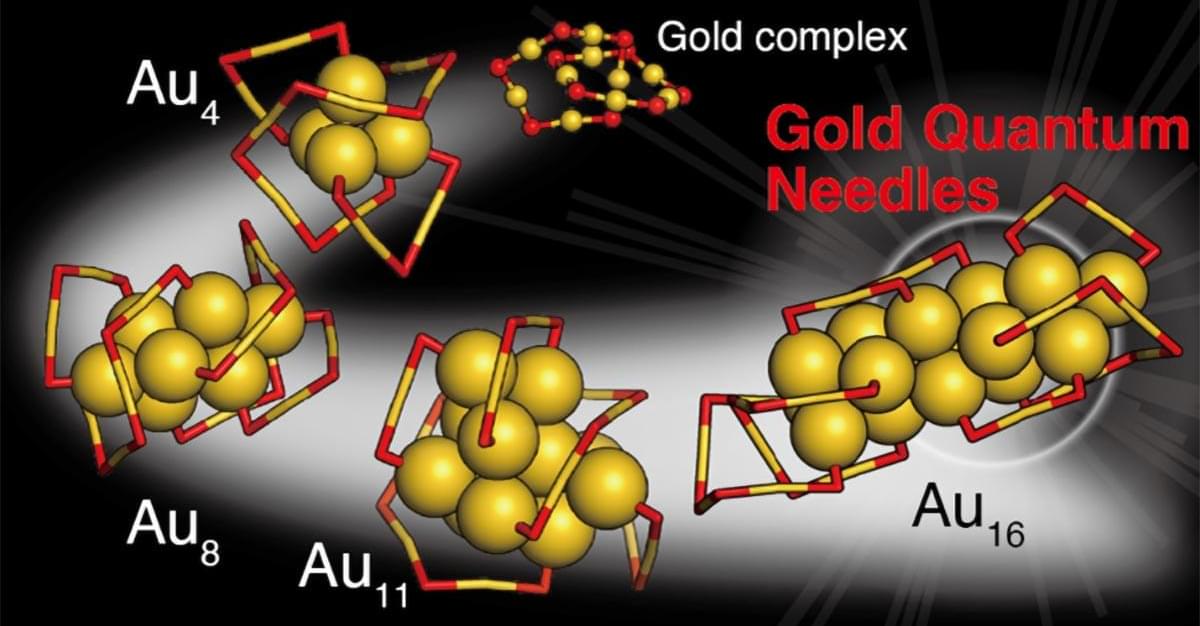A record-breaking development in laser technology could help support the development of smaller, cheaper, more easily-fabricated optical and quantum technologies, its inventors say.
Researchers from the University of Glasgow have designed and built a narrow-linewidth laser on a single, fully integrated microchip that achieves the best performance ever recorded in semiconductor lasers of its type.
It could help overcome many of the barriers which have prevented previous generations of this type of monolithic semiconductor laser technology from being more widely adopted.






